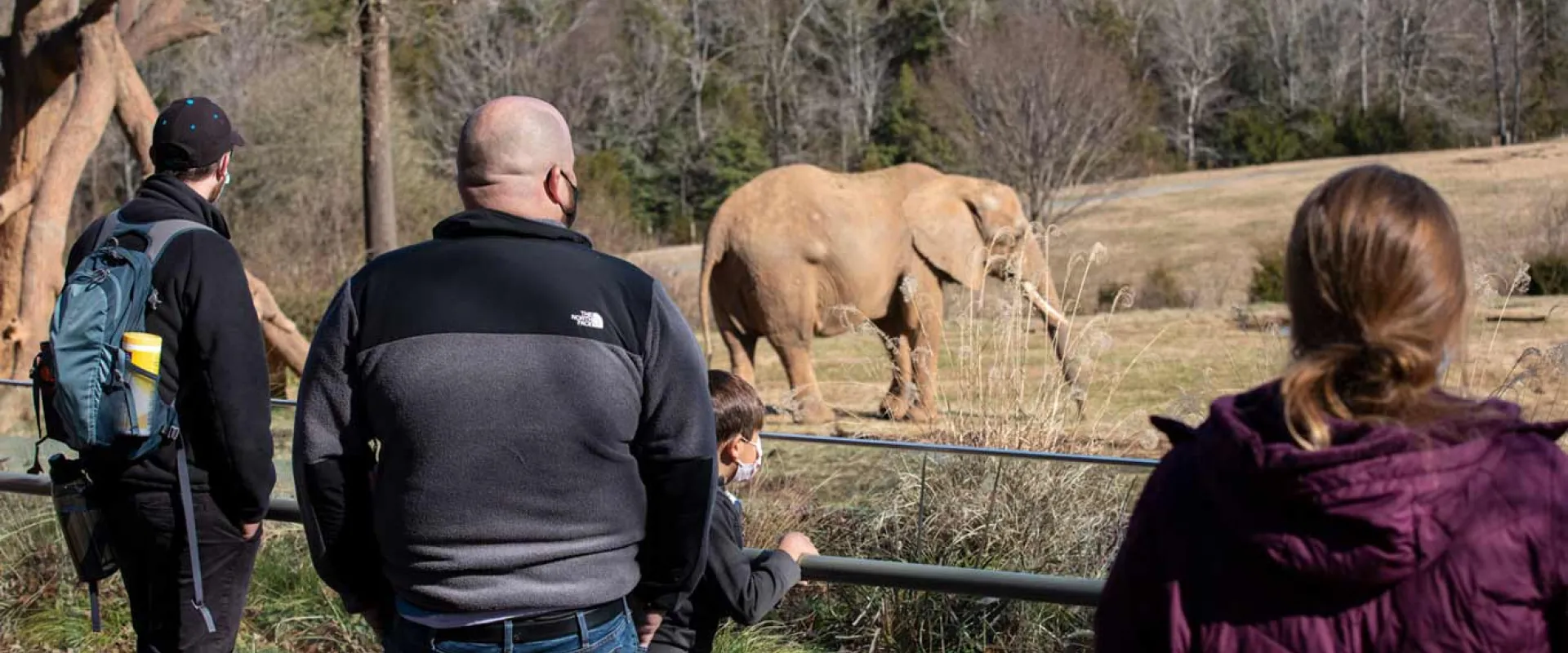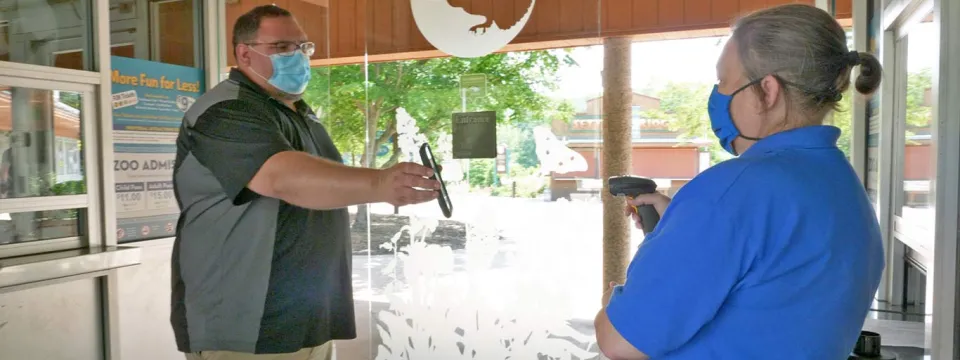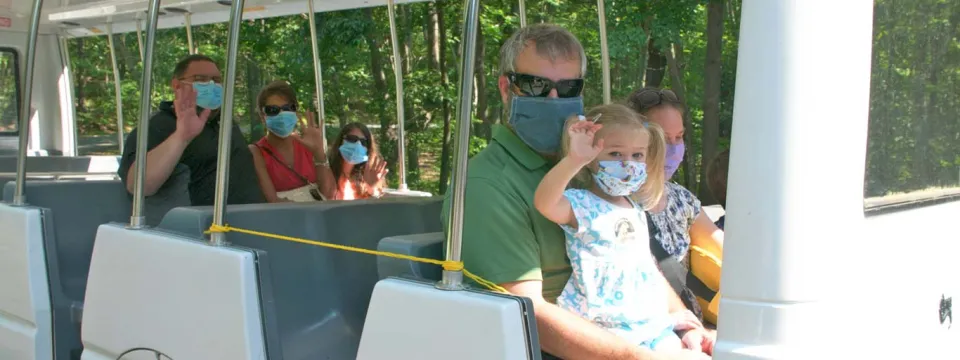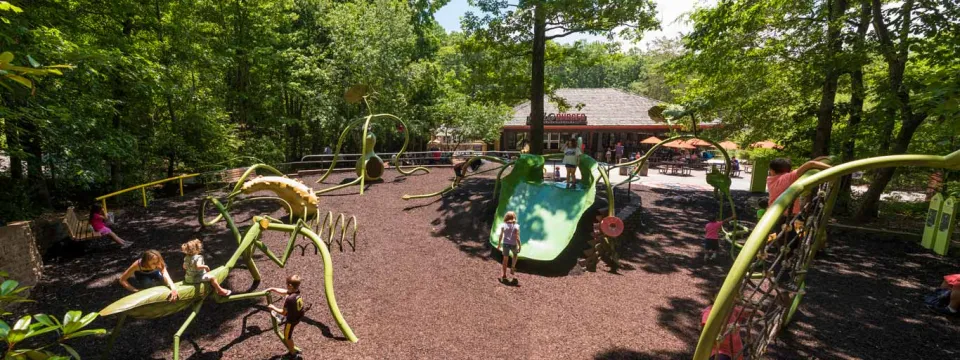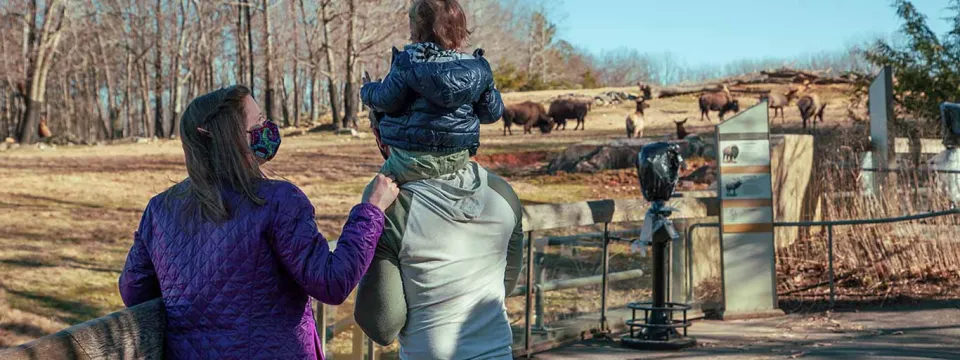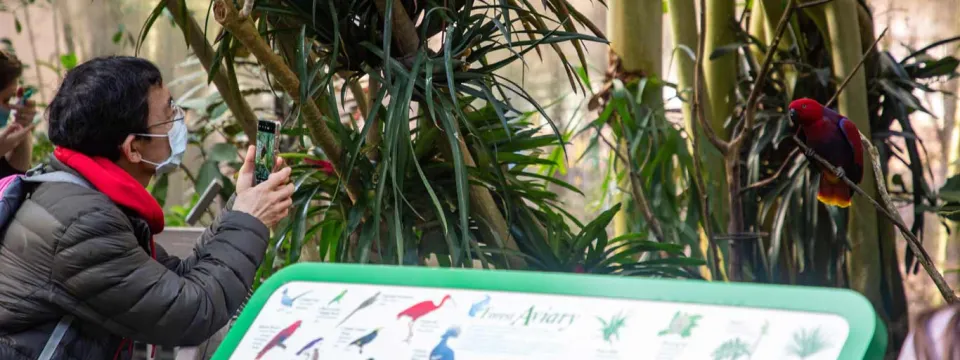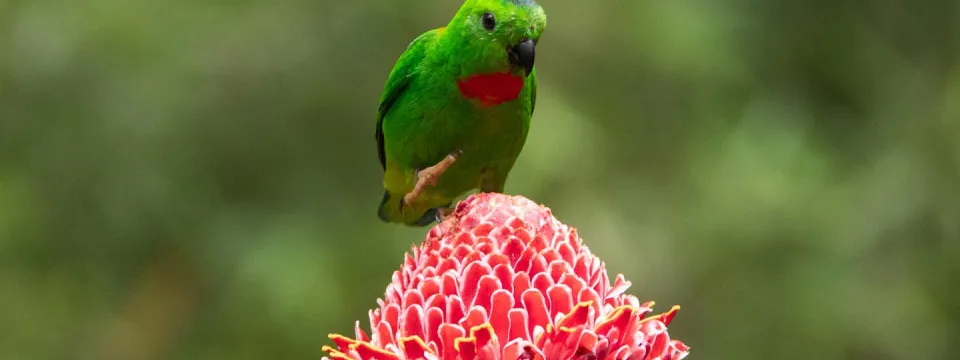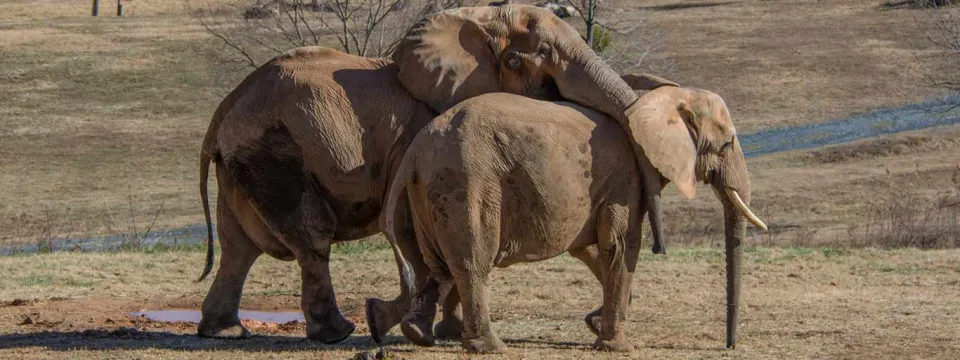Written by Jayne Parker, North Carolina Zoo Society
Once you have booked your timed entry to the North Carolina Zoo, there are several things you can do to make your visit comfortable and stress-free. For starters, if this is your first visit, go to the Zoo’s website and download a map.
The map will get you oriented and help you decide which habitats you want to explore during your visit. It will also help you gauge the amount of time you’ll need to set aside to see all that you want to see. The North Carolina Zoo is big— “the world’s largest Zoo”—and the best way to enjoy it is to come prepared to take in the scenery, the art, the poetry, and the native wildlife, as well as the Zoo’s animals. To see it all, book an early arrival time and plan to spend at least 3 or 4 hours exploring the walkways and habitats.
During current COVID-19 operations, everyone enters through the Zoo’s North American ticket booths.This entry funnels everyone onto a single pathway that leads past all the North American habitats to end at a centrally located Junction Plaza.The plaza houses restrooms and restaurants and opens onto the Zoo’s African section.
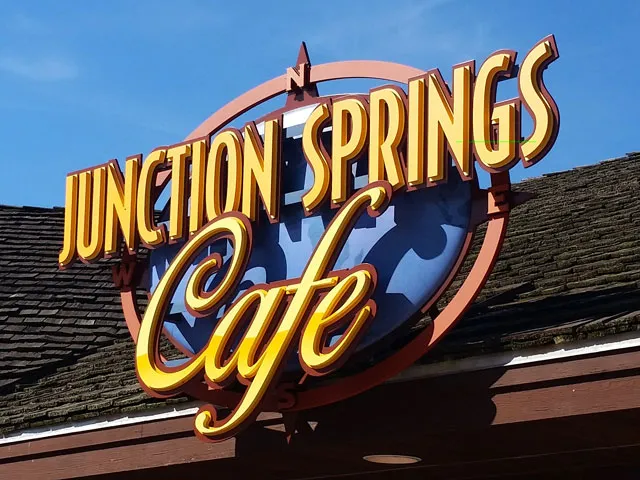
Junction Springs Cafe, located in the central Junction Plaza
Africa’s winding pathways eventually unite and open up to form a large, irregular circle. This circle winds past expansive outdoor habitats for gorillas, chimpanzees, elephants, and other African species before feeding back into the Junction Plaza. Once in the plaza, guests can catch a free tram ride back to the entrance.
As a special note to families with young children— two magnificent playgrounds—one for the very young and one for the slightly older—sit just inside the North American entrance. Once inside these playgrounds, children sometimes resist leaving to see the rest of the Zoo. So, first-time guests, you may want to allow time for the kids to stop off here on the way in or, if more convenient, circle back to let them run wild in the playgrounds for a few minutes before heading home.
Pictured Above: Garden Friends Playground
If you decide to see the whole Zoo during a single visit, book an early entry time. Arrive dressed for the weather and with face masks on everyone older than five. Packing some bottled water to bring with you is a good idea, too. Concerns about COVID-19 have shut down the water fountains, but the Zoo has replaced them with bottle refill stations. You can tap into them to fill cups and bottles that you bring from home.
Following the posted directional signs will lead you past all of the habitats. There will also be informational signs along the walkways, and these can be surprisingly entertaining. You can hear howls at the red wolf habitat, see how you measure up against an eagle’s wingspan, and read about mud daubers and Zoo arrowheads along the trail.
If you are a bird fancier, book a 9 a.m. Zoo entry time and dash through North America so you can arrive at the RJR Forest Aviary when it opens at 10 a.m. Opening time is when you are likely to see the most birds and find a keeper or horticulturist who can answer your questions about the birds or tropical plants. If you arrive later in the morning, you may have to stand in line to get inside this popular free-flight dome. On a colder day, the Aviary is a nice reprieve into the tropics!
If you are primarily coming to see African animals, consider scheduling a later arrival time or choose a date when the weather should be sunny and warm—around 50 degrees. Many African animals stay in their barns until the day warms enough for them to be comfortable outside. In the winter, the best time to visit Africa is during the warmest parts of the day.
Another tip for making a winter visit memorable is to book a Ride and a Guide to take you around the Zoo. A golf cart large enough to carry four guests provides the ride. A trained Zoo Society staff member serves as the guide and driver for the tour. The tour includes blankets to keep you warm and hot chocolate, coffee, or hot tea during your adventure. Available only on weekdays, these tours get you around the Zoo in about two hours and add layers of learning to the experience. Call the Zoo Society at 336-879-7250 or visit www.nczoo.com to learn more about these experiences.
